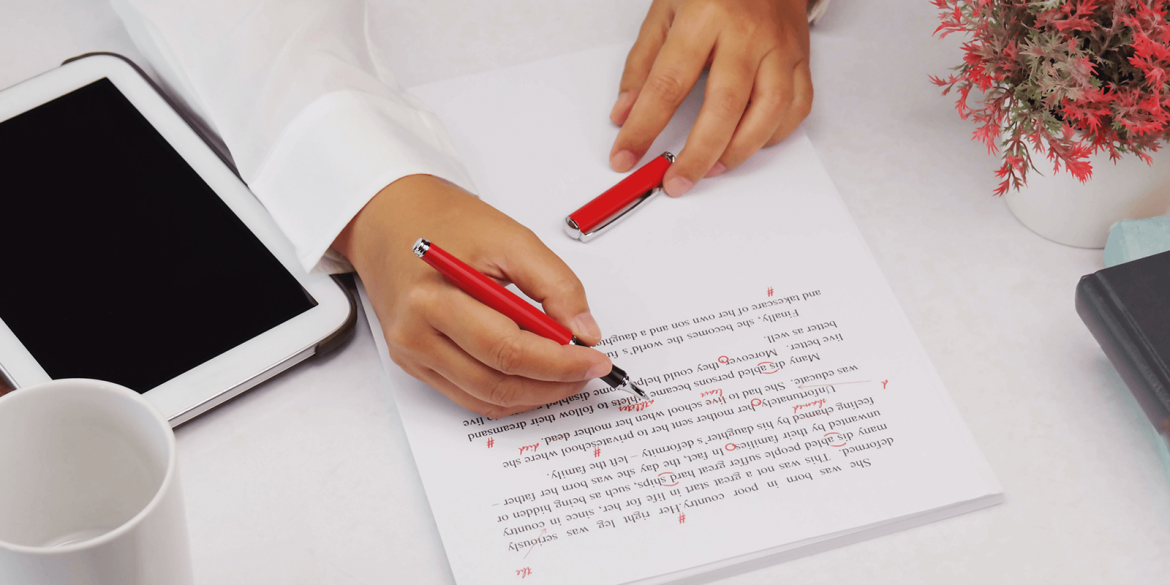If you have considered that only proofreading means that you have to look at the content, check the mistakes in punctuation and all and then rectifying it from scratch then, you are wrong. There are levels or kinds of proofreading which are in the world and in order to do them effectively, you need to understand their concept and their purpose.
Basic proofreading
In basic proofreading, you will check the content word for word and line on line. This is considered a micro level proofreading where you will check the content to scratch. Basic proofreading is basically, the final check or already checked publication.
Editorial proofreading
In this proofreading, you will go a bit further and will try to research and proofread the content extensively in order to get the errors out of the content. In this proofreading you will need to check grammar to the depth and also if there is a need, some sentences will deduct and insert back and forth.
Authorship
Many of you are not familiar with this type of proofreading. To understand it, you need to consider the authorship. Some books are written and in those books, maybe the chapters are written by different authors from different countries. Here, you will proofread it by seeing that the wordings or vocabulary is from USA or UK and the spellings are from Ise or IZe. What type of styles the chapters need to abide by and considering that the proofreader needs to check the consistency of that.
Readership
In this level of proofreading, you will consider publication according to the readership it has. If the book or journal or an article is written the proofreader needs to consider what type of audience it is written for. The style of it needs to concise with the relevant audience. If the readers of this content are from some schools or academic area then the style they would comprehend will be different from those who are in the nonacademic environment. Work of fiction might be easy for both the audience considering the tone used in this form of writing is contemporary and uses much slang as opposed to writing we use in journals or books.
Context
Lastly, the context the content has been written for should be considered. Some style of writing is not suitable for other types of audiences. To analyze that, if you are writing a journal for school going kids then the style they will like should be free of fictions in order to make them focus on the material. But, if you are writing a fictional story then, you should target a group who is interested and familiar with that content like people who are into fictional movie making or even viewing that. Proofreading in this category will be extensive and you will consider its and bits in every content your proofread to remove any errors. One thing to always remember that in journals or academic writing, you should never use contractions like isn`t can`t wouldn`t. It should be spelled out in full.


